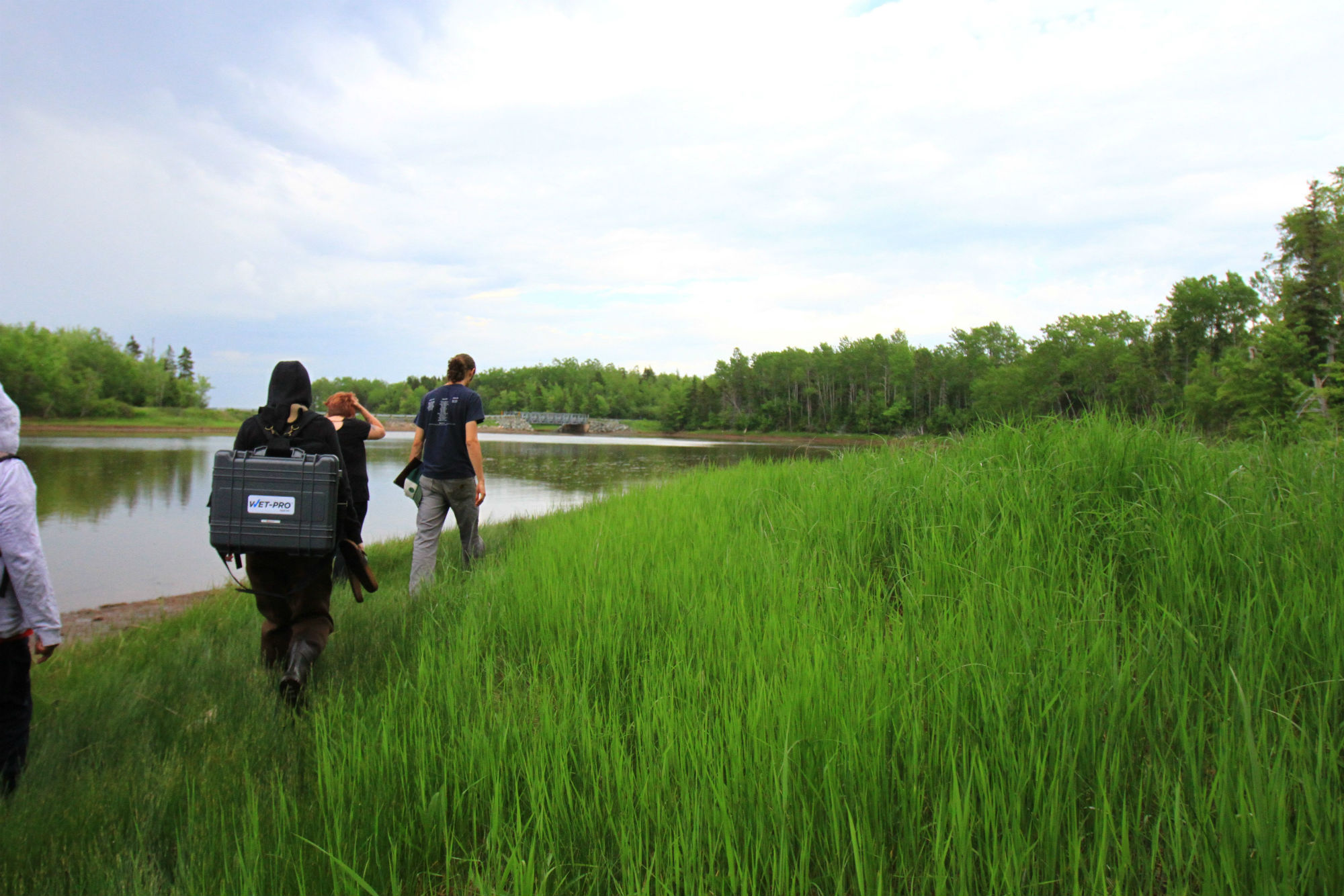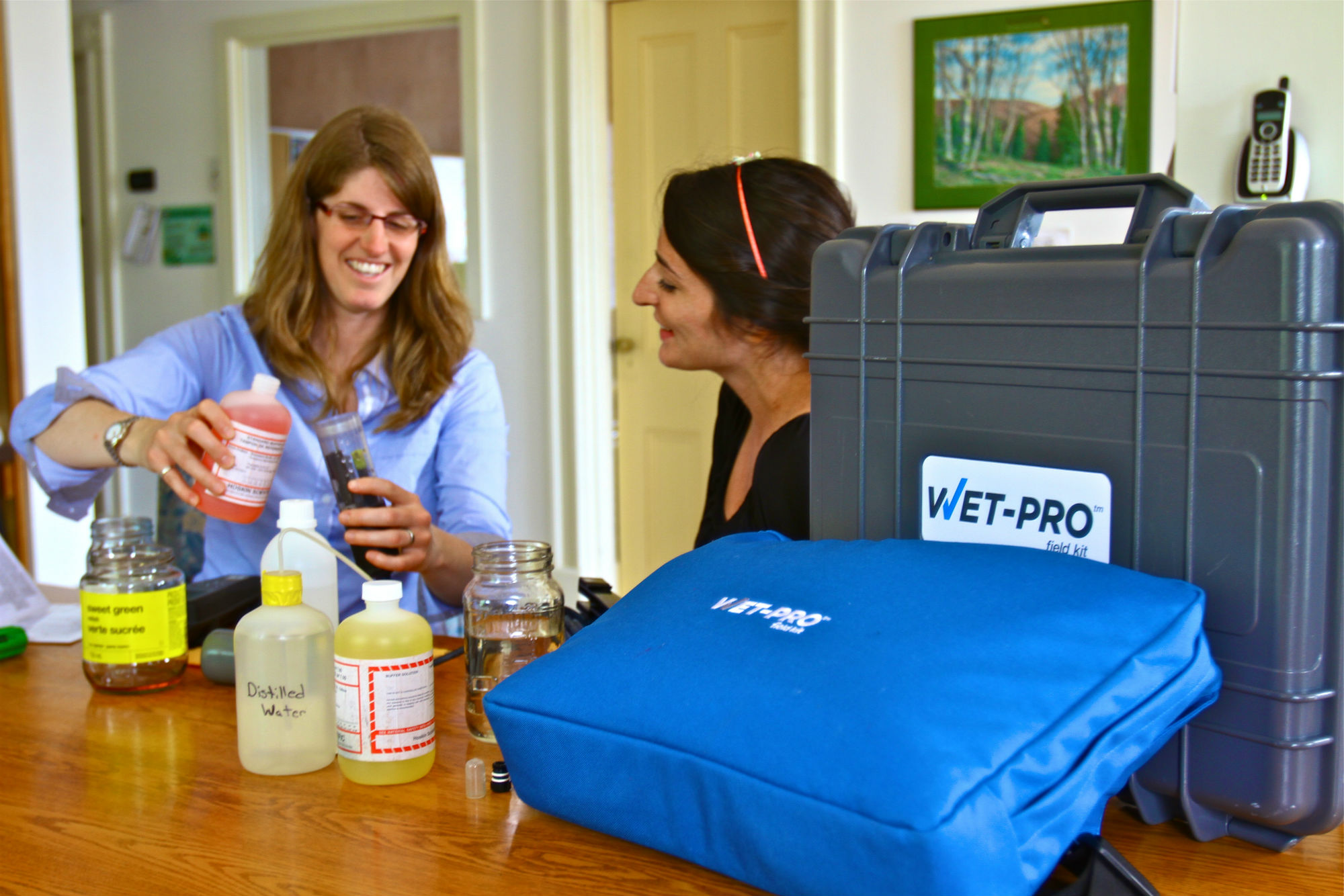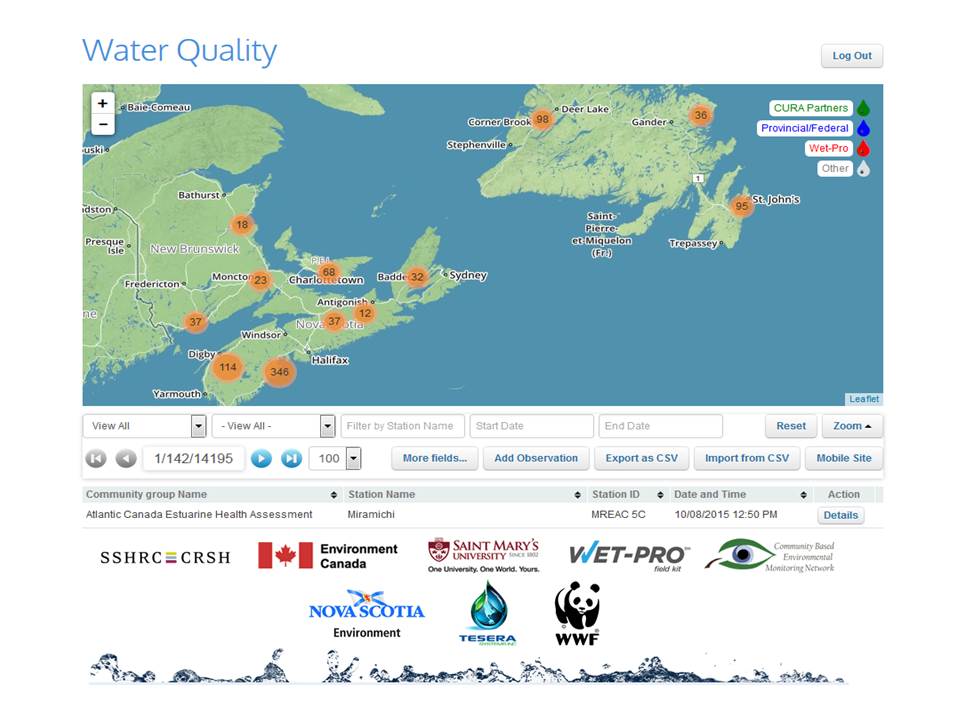The missing link to healthy waters in Canada
Written by Emma Wattie and Oliver Woods, Community-Based Environmental Monitoring Network
When WWF-Canada released the recent Watershed Report of the Maritime Coastal watershed, an overall score for the health of the watershed could not be assigned because there wasn’t enough data on fish and water quality.
That’s why organizations working on water quality need better tools to fill in the blanks so we can work to address our water issues and reach a common goal of healthy waters.
In Atlantic Canada alone, there are more than 80 stewardship organizations working toward healthy watersheds by addressing issues specific to their area. With such a large number of water stewardship organizations in the region, it’s essential to standardize protocols and equipment to ensure the data being collected is accurate, comparable across regions and relevant to decision-makers.
The Community-Based Environmental Monitoring Network (CBEMN) was founded more than a decade ago to support community efforts in water monitoring and management across Atlantic Canada. Through partnerships with organizations filled with volunteers hungry to make a change, the CBEMN developed the CURA H2O research project, which standardizes baseline water-quality monitoring at the community level.
CURA H2O aims to unify community-based water monitoring by:
- Creating a water-monitoring training course called Wet-Pro;
- Standardizing equipment used to collect data;
- Housing all the valuable data in a centralized online database.
The database stores data and connects stewardship organizations. Users can hone in on work happening within a specific watershed, which promotes collaboration and avoids duplication of work between organizations in a particular region.
Since going live in 2012, more than 14,300 individual water quality observations from more than 42 partner organizations across Atlantic Canada have been added, and new additions come from organizations in British Columbia, Alberta and Ontario.
With continued collaboration to standardize water monitoring and data collection on a larger scale, we will be able to fully assess the health of our watershed and protect it for generations to enjoy.
Emma Wattie and Oliver Woods work for the Community-Based Environmental Monitoring Network in Halifax.




